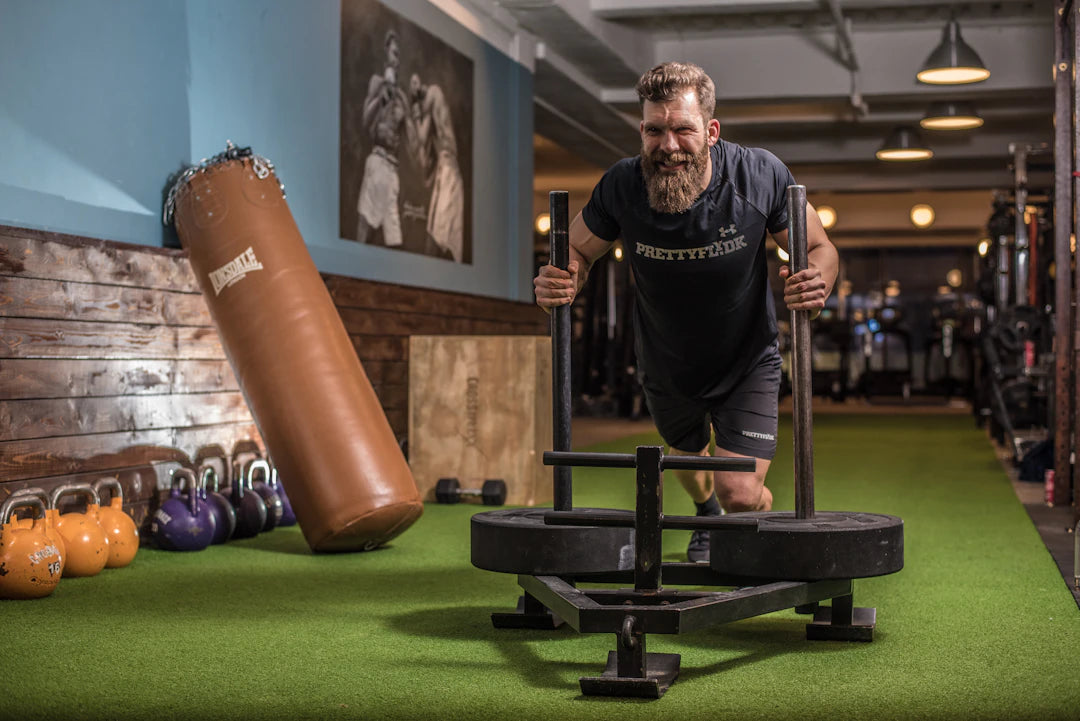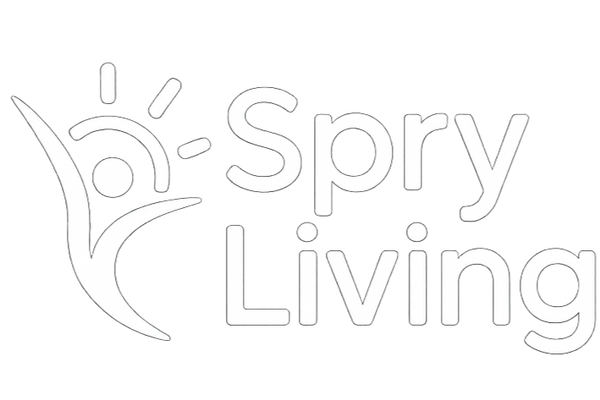
Tailoring Workouts for Every Fitness Level
Share
Frequently Asked Questions
1. Why is it important for adults 50+ to stay active?
2. What are some common challenges faced by older adults when it comes to exercise?
3. What types of exercises are recommended for beginners aged 50 and over?
4. How can adults 50+ build a workout routine?
5. What additional lifestyle tips can enhance well-being for adults 50+?
Staying active and healthy is essential at any age, but as we move into our 50s and beyond, it's important to adapt our exercise routines to suit our unique needs. Engaging in safe exercises for adults 50+ helps maintain not only physical fitness but also emotional well-being. This guide will help you understand how to tailor workouts for different fitness levels while also addressing common challenges faced by older adults.
Understanding Fitness Levels
Before diving into specific exercises, it's crucial to understand the various fitness levels that individuals may have. Fitness isn't a one-size-fits-all situation, and everyone has unique capabilities based on their health history, lifestyle, and preferences. Here’s a simplified breakdown:
Beginner Level
For those just starting or re-entering an exercise regimen, beginner exercises focus on building a foundation. These may involve low-impact activities that help improve mobility, strength, and balance.
Intermediate Level
Intermediate exercisers are comfortable with basic movements and can incorporate more challenging variations into their routines. They may start adding weights or increasing intensity.
Advanced Level
Advanced fitness enthusiasts often engage in high-intensity workouts and complex movements. However, even at this level, it’s crucial to prioritize safety and proper technique.
Common Challenges for Adults 50+
As we age, we may encounter various physical and mental barriers that can make staying active a bit more challenging. Here are some common struggles:
- Joint Pain: Many adults deal with stiffness and discomfort in their joints, especially in the knees, hips, and back.
- Balance Issues: Maintaining balance can become more difficult, which increases the risk of falls.
- Motivation Struggles: Finding the motivation to exercise can be challenging, especially if routines have felt daunting in the past.
Safe Exercises for Adults 50+
Let’s explore some safe exercises tailored to different fitness levels that can help strengthen your body, enhance mobility, and reinforce balance, all while keeping an eye on joint comfort.
Gentle Warm-Up Routine
Regardless of your fitness level, a warm-up is crucial to prepare your body for exercise. Try these gentle movements to get started:
- Neck Rolls: Slowly roll your head in a circular motion. Make 3-5 rolls in each direction.
- Shoulder Shrugs: Raise your shoulders towards your ears and release. Repeat 10 times.
- Side Stretches: Stand tall and reach one arm overhead. Lean to the opposite side, hold for a few seconds, and switch sides. Repeat 3 times on each side.
Beginner-Friendly Exercises
For those starting their fitness journeys, here are a few safe, easy exercises to incorporate:
Chair Stands
This exercise helps strengthen your legs and improve balance:
- Start in a seated position on the edge of a stable chair.
- Cross your arms over your chest or hold onto the chair for support.
- Slowly stand up, using your legs, then sit back down gently.
- Repeat 10 times, resting as needed.
Wall Push-Ups
This is a gentle version of a push-up that is great for upper body strength:
- Stand facing a wall, with your feet shoulder-width apart.
- Place your hands on the wall at shoulder height, similar to doing a push-up.
- Bend your elbows to bring your body closer to the wall, then push back to start.
- Perform 10-15 reps.
Intermediate Exercises
If you’ve been active for a while, try these intermediate exercises to ramp up your routine:
Seated Leg Lifts
This exercise builds leg strength while seated, making it easier on the joints:
- Sit on a chair, feet flat on the floor.
- Slowly lift one leg until it’s parallel to the ground. Hold for a second, then lower.
- Alternate legs and perform 10 repetitions for each.
Step-Ups
Incorporate step-ups to enhance strength and balance:
- Find a low step or sturdy platform.
- Step up with one foot, followed by the other.
- Step down, leading with the same foot.
- Complete 10 reps, then switch starting leg.
Advanced Exercises
For those with a solid fitness base, keep pushing your boundaries with these exercises:
Bodyweight Squats
This exercise is excellent for strengthening the lower body:
- Stand with your feet shoulder-width apart.
- Slowly lower your body as if you’re sitting back into a chair.
- Keep your weight on your heels and chest up. Return to standing.
- Work toward 10-15 repetitions.
Balance Exercises
Balance is key as we age. Practice these:
- Stand on one leg for 10-30 seconds, holding onto a sturdy surface for support if needed. Switch legs.
- Consider incorporating a heel-to-toe walk, placing one foot directly in front of the other for 10 paces.
Building a Workout Routine
Now that you’ve seen examples of safe exercises for adults 50+, how can you put it all together into a workout? Here are some simple steps to build a personalized routine:
Set Goals
Define what you want to achieve. Whether it’s improving strength, flexibility, or endurance, having clear goals helps maintain motivation.
Create a Schedule
Consistency is crucial. Aim for 3-5 days of exercise per week, balancing between strength, cardio, and flexibility work.
Track Your Progress
Consider keeping a journal or using a fitness app to note your exercises, sets, and how you feel after each workout. Celebrate your progress, no matter how small!
Healthy Lifestyle Tips
Incorporating exercise into your life is just one part of a healthy lifestyle. Here’s how to enhance your well-being further:
Stay Hydrated
Drink plenty of water, especially before, during, and after your exercise sessions. Hydration supports joint health and overall function.
Prioritize Nutrition
A balanced diet fuels your workouts and helps recovery. Include plenty of fruits, vegetables, lean proteins, and whole grains.
Rest and Recovery
Pay attention to your body. Rest days are just as important as workout days, giving your muscles time to recover and build strength.
Embrace the Journey
Adapting exercises for different fitness levels allows everyone to enjoy the benefits of physical activity, regardless of where they are in their journey. Remember, the goal isn’t perfection; it’s progress! Everyone can find safe, enjoyable ways to stay active and healthy as they age. Take a moment to appreciate your body for all it does, and don't hesitate to ask for support along the way. With patience and perseverance, you’re on the path to a stronger, healthier you.
